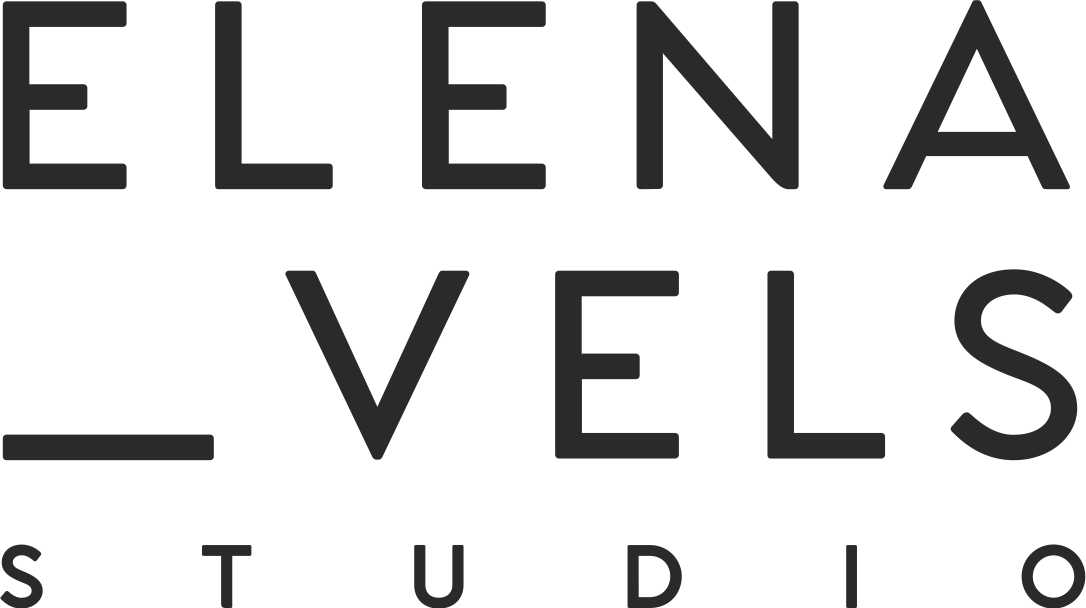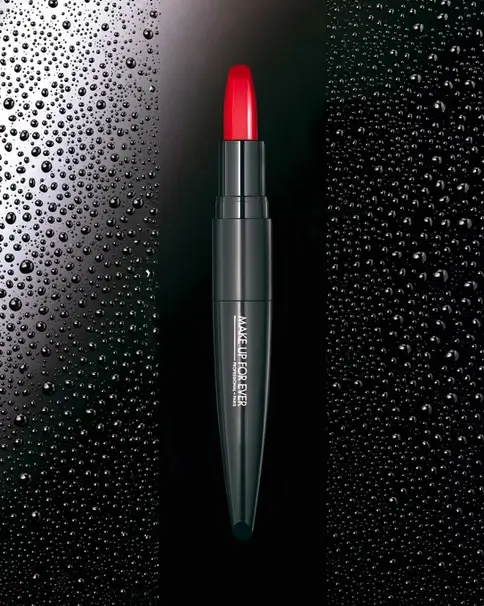For professionals behind the lens, one of the most powerful ways to turn creativity into career growth in this visual-first economy is through brand collaborations. Big brands search for compelling stories, authentic perspectives via photos, and content creators who can connect with their audience in a meaningful way. That’s where you, the photographer, come in.
Whether you shoot lifestyle portraits, fashion campaigns, product stills, or travel adventures, there’s a rising demand for photographers who can align their visual style with a brand’s identity and goals. However, the path to securing these partnerships begins with a well-defined strategy. You need to understand how to collaborate with brands, what they look for in a pitch, how to position your work as commercially valuable, and how to build lasting relationships that go beyond a one-off gig.
In this guide, we will discuss how professional photographers can approach, pitch, and collaborate with big brands, step by step.
Why Big Brands Collaborate with Photographers
Brands are in constant competition for consumer attention, and compelling visuals are one of the most effective tools to break through the noise. Professional photographers offer not just technical skills but a unique visual voice that helps brands stand out in a saturated market. Photoshoot collaboration allows companies to produce authentic, original content tailored to specific campaigns, something that generic stock images can’t achieve.
Photographers also bring valuable storytelling ability and audience insight, especially those with established social followings. For brands, this means access to niche communities and a more humanized, relatable presence across platforms.
Building a Strong Foundation as a Photographer
Before you can attract high-value brand collaboration photoshoots, you need a well-rounded foundation, one that combines creative skill, strategic positioning, and professional presence. Here’s what that looks like:
Refine Your Technical and Creative Skills
Brands expect quality. Make sure you’re confident in manual shooting, natural and artificial lighting, composition techniques, and post-processing using tools like Adobe Lightroom and Photoshop. Creative vision backed by technical mastery sets you apart.
Curate a Strong, Niche-Focused Portfolio
Brands want to see consistency. Build a portfolio around a clear niche, such as lifestyle, fashion, products like jewelry product photography, or travel, and showcase your best, most relevant work. Avoid showing everything; show what fits.
Establish a Clear Personal Brand
Define your visual style and tone of voice. Whether minimal and moody or vibrant and energetic, a distinct brand identity makes you more memorable and easier to align with specific campaigns.
Build a Professional Online Presence
Launch a well-designed website with your portfolio, bio, and contact form. Pair it with an active, curated Instagram profile, still the go-to platform for creative discovery by brands and agencies.
Demonstrate Professionalism
Brands want reliable collaborators. Have basic business assets in place: a rate card, licensing knowledge, contracts, and timely communication. Professionalism builds trust and long-term partnerships.
Show Social Proof
Feature testimonials, past brand work, or even styled passion projects. This builds credibility and shows you’ve successfully delivered results before.

Making the First Move: How to Get on a Brand’s Radar
Now, how to collaborate with brands? To land such deals, you need to be proactive and strategic. Here’s how to get noticed by the right people:
Research and Identify Aligned Brands
Start by listing brands that match your style, values, and niche. Study their visual language, target audience, and the type of content they feature.
Create Brand-Appropriate Content
Design personal projects or “spec work” that looks like it could belong to the brand’s feed or website. Even if unpaid, it demonstrates initiative and vision. Post this on social media with relevant hashtags and brand tags.
Use Social Media Smartly
Consistently tag the brand in relevant posts and Stories (without overdoing it). Use their branded hashtags and geotags where applicable. This improves your chances of showing up in their tagged feed or content searches.
Engage Authentically with the Brand’s Content
Like, comment, and reply meaningfully to their posts. Avoid generic comments, and show real interest in their campaigns. Brands notice photographers who are engaged with their message.
Network Within the Brand’s Circle
Identify influencers, photographers, or creatives the brand already works with. Follow them, engage with their content, and build real relationships. Brands often ask current collaborators for referrals or new talent suggestions. Being active in that circle increases your chance of being seen and trusted by the association.
Send a Professional Pitch
Reach out via email or direct message. Keep it concise but personal. Mention what you admire about their work, include your portfolio or media kit, and propose a creative idea or collaboration. Be confident, not pushy.
Collaboration Models: How Photographers and Brands Work Together
Paid Commissioned Projects
This is the most straightforward model: the brand hires the photographer to create custom content for a specific campaign. The deliverables are defined in advance (e.g., product shots, lifestyle imagery, event coverage), and the brand typically retains usage rights. Rates vary based on scope, licensing, and experience.
Sponsored Content (Influencer-Photographer Hybrid)
If a photographer has an engaged online following, brands may sponsor posts that feature their product or service. In this model, you’re both the creator and distributor of content. Brands pay for reach, engagement, and aesthetic alignment. Deliverables may include images, reels, and story posts.
Product-Exchange Collaborations
Often used by smaller brands or emerging photographers, this involves the brand offering free products or services in exchange for photos. While not financially compensating, it can be beneficial for building your portfolio or testing creative concepts if the brand aligns with your goals.
Licensing Existing Work
Brands may license photos you’ve already taken, often from personal projects, travel shoots, or technical formats like ghost mannequin product photography, if they align with their campaign. This model is low-effort for the photographer but still offers commercial return through licensing fees.
Long-Term Brand Partnerships
These are ongoing collaborations where a photographer becomes a go-to content creator for a brand over time. It may involve monthly shoots, campaign planning input, or even retainer agreements. These partnerships offer stability and deep creative alignment.
Common Pitfalls and How to Avoid Them
Collaborating with big brands can elevate your career, but missteps can cost you time, money, and reputation. Here are key pitfalls to watch for:
- No Contract: Verbal agreements lead to scope creep and payment issues. Always formalize terms in writing.
- Unclear Usage Rights: Define where, how long, and in what formats your images can be used.
- Working for “Exposure”: Unless there’s strategic value, avoid unpaid work from brands that can afford compensation.
- Vague Creative Direction: Ask for a detailed brief to ensure alignment on vision and deliverables.
- Underpricing: Factor in licensing, editing, and value, not just your time.
- Poor Communication: Missed deadlines and delayed responses damage trust.
- Not Promoting Your Work: Share brand collabs on your platforms to build credibility.
- Overcommitting: Taking on too much can compromise quality and burnout.
Scaling Up: Turning One Brand Collab into a Thriving Commercial Career
One successful brand collaboration can be the launchpad for long-term commercial success if you know how to leverage it. Here’s how:
Deliver Excellence Every Time
Treat every brand shoot, be it big or small, with the same level of care and professionalism. High-quality work leads to referrals, repeat business, and strong testimonials.
Document and Share the Collaboration
Post the project on your website, Instagram, and portfolio. Tag the brand, write a thoughtful caption, and highlight the concept, execution, and impact. Make your involvement clear.
Turn One Project into a Pitch Tool
Use that collaboration as proof of concept when approaching similar brands. Include it in your media kit or pitch deck to show real-world results and client experience.
Follow Up and Build Relationships
Keep in touch with past clients through check-ins or seasonal greetings. Relationship-building often leads to long-term work or referrals within their network.
Refine Your Niche and Positioning
Analyze which type of work you enjoyed most or performed best with. Narrow your focus to build authority in that genre (e.g., wellness brands, luxury products, or travel content).
Conclusion
The most successful photographers in this space aren’t just talented, they’re consistent, proactive, and business-savvy. They understand that brand work is both an art and an asset. So, whether you’re booking your first brand shoot or scaling your commercial portfolio, remember: every image you take has the potential to open doors, if you position it right.
The camera may be your tool, but your mindset is your greatest asset.
If you’re a brand looking to collaborate with photographers who bring both vision and skill, Elena Vels Studio is where you need to be. From startups to global names, we prepare high-quality, consistent visuals that highlight your product’s best features, always true to your brand’s identity and values.


